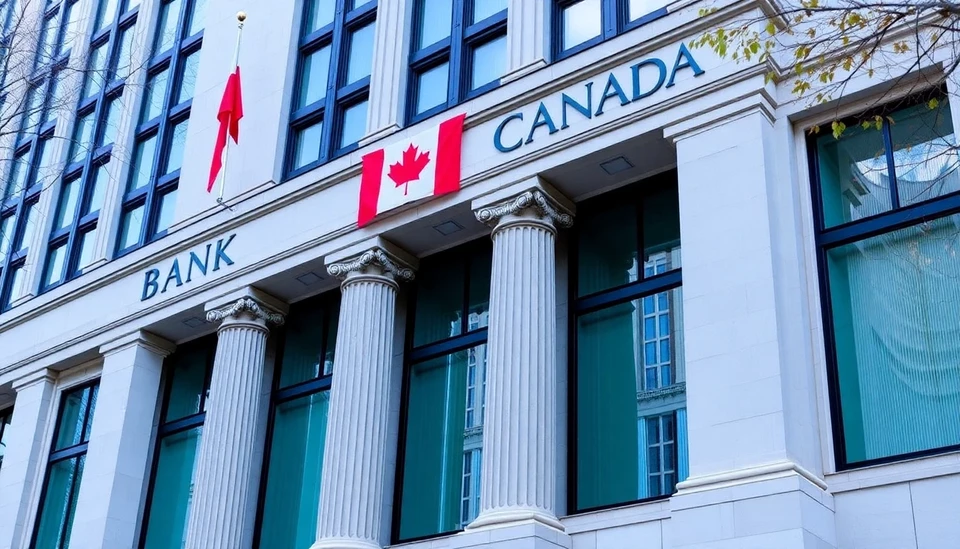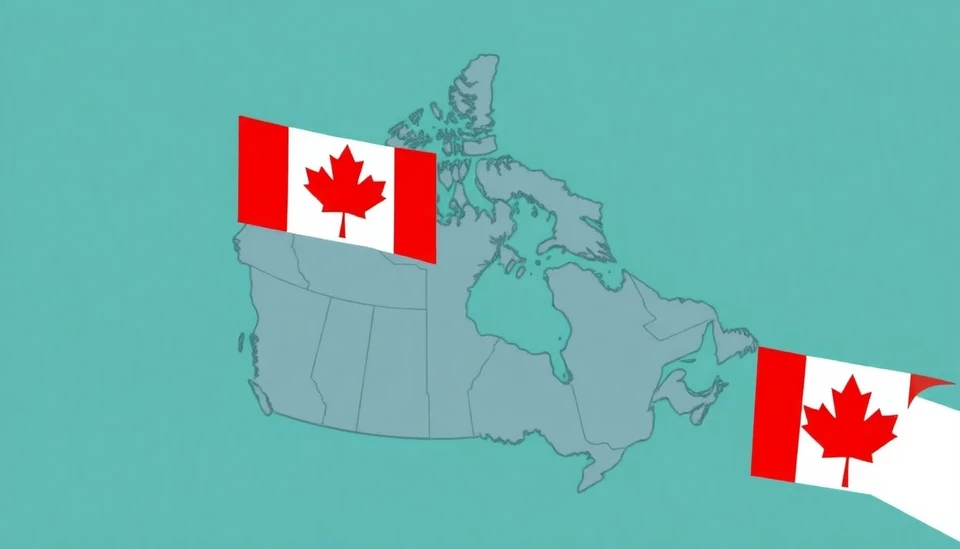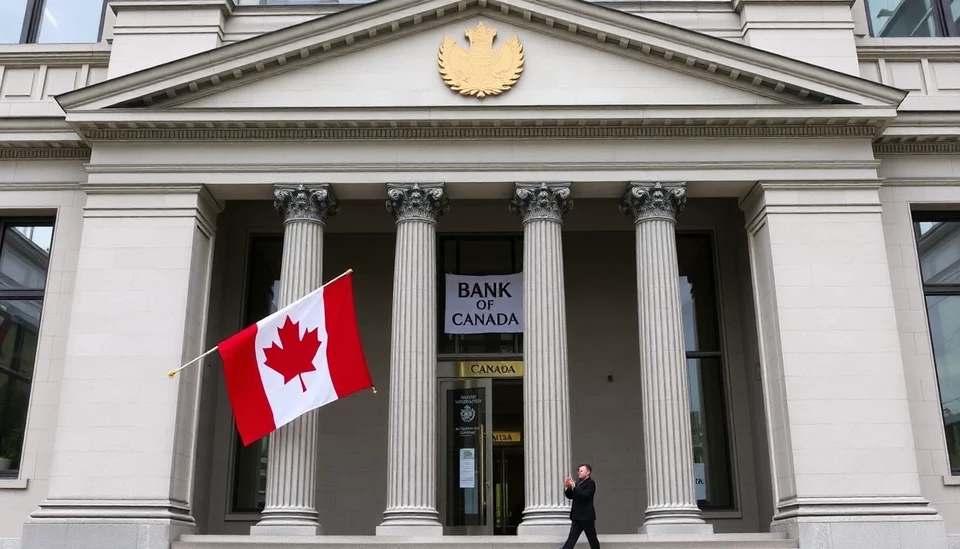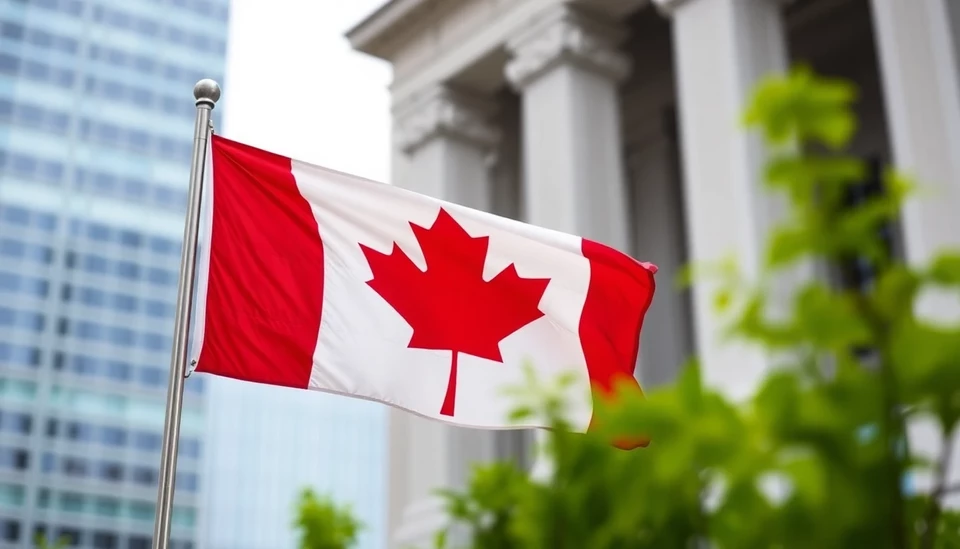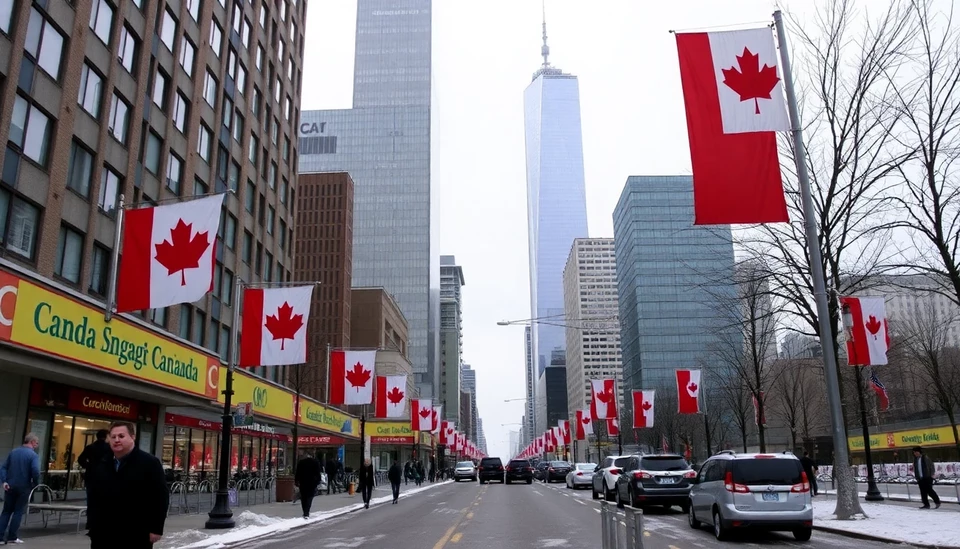
In a surprising revelation, Canada’s economy showed signs of stagnation in February, marked by uncertainties associated with potential tariff impositions. Recent data has underscored that the nation’s economic growth has stalled, and policymakers are now faced with significant challenges as trade tensions escalate. The overall expectation of an increase in tariffs, particularly from influential trading partners, has contributed to an air of trepidation among both investors and consumers in Canada.
Statistics Canada recently reported that the gross domestic product (GDP) remained unchanged in February, marking a stark contrast to prior growth expectations. Analysts had anticipated a modest increase, reflecting ongoing recovery post-pandemic. However, the latest figures paint a worrying picture of economic resilience, triggered mainly by global supply chain disruptions and the looming threat of tariffs that could ultimately affect various sectors.
February saw slowdowns in key industries, notably in manufacturing and construction. A decline in manufacturing output can be largely attributed to the uncertainty surrounding trade policies, with businesses reluctant to invest amid fears that increased tariffs could cut into profitability. In particular, industries heavily reliant on exports may feel the brunt of these tariff threats, leading to adjustments in production strategies and workforce assumptions, ultimately impacting employment rates across the country.
Traders and consumers alike have expressed concerns about the durability of Canada’s economic recovery, especially as ongoing geopolitical shifts hint at rising protectionist sentiments. Economists emphasize that to navigate these headwinds, Canada may need to diversify its trade routes and markets to shield its economy from potential tariff impacts. As discussions of an impending tariff regime begin to circulate, businesses are evaluating their supply chains and pricing strategies to adapt to these changes.
The Bank of Canada, which had previously hinted at a potential interest rate hike to stabilize markets, might now need to reassess its course of action in light of these economic indicators. With growth stalling, policymakers must tread carefully, balancing between stimulating economic activity and managing inflationary pressures resulting from possible tariffs. The turn of events ignites a pivotal dialogue about the resilience of Canada's economy amidst external challenges, and the path forward seems riddled with both obstacles and opportunities.
As talks regarding tariffs gain traction, it remains uncertain how long Canada can maintain its economic footing. Analysts are closely monitoring upcoming reports and governmental statements that could shed light on fiscal policies intended to mitigate the impacts of global trade tensions. The Canadian government may need to take proactive measures to foster confidence among investors and consumers, ensuring that the economy does not slip into an extended period of inactivity.
Canada stands at a crossroads as it grapples with the complexities of international trade. The onus now lies on policymakers to devise strategies that not only address current tariff threats but also lay a foundation for sustainable growth moving forward. The economic landscape is ever-changing, and how Canada responds in the coming months will be crucial in determining its future trajectory.
#CanadaEconomy #TradeWars #Tariffs #Manufacturing #GDP #EconomicGrowth #BankOfCanada
Author: Rachel Greene

